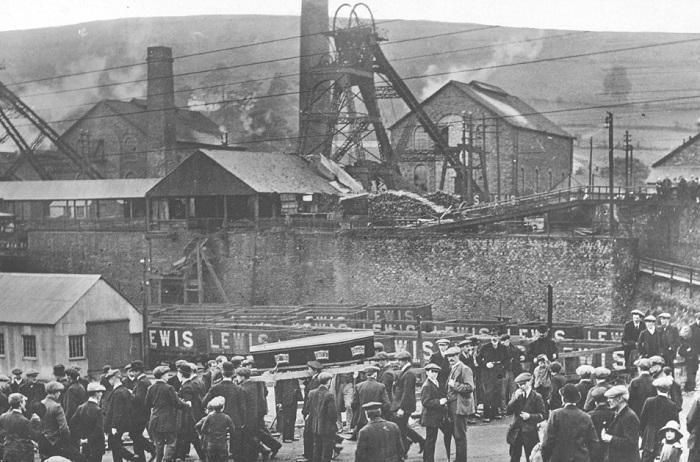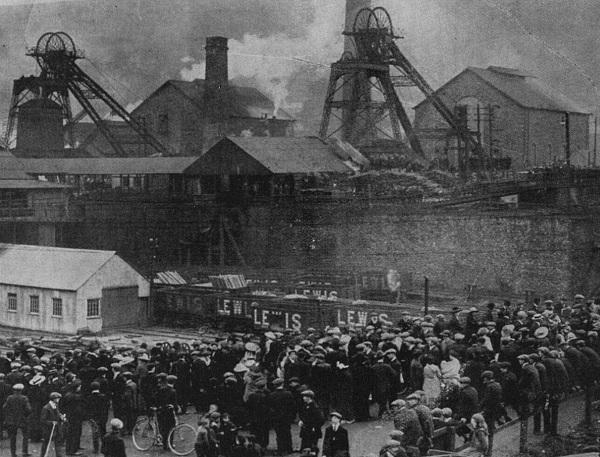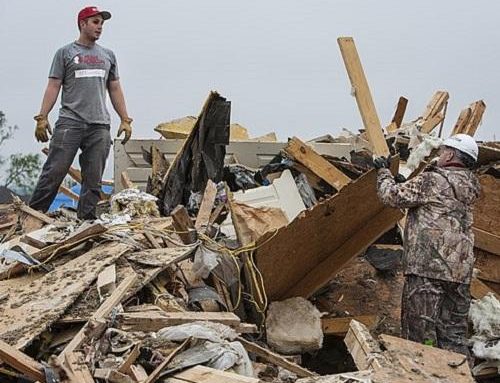In the image above, crowds are waiting for news as they stand next to the site of the disaster.
The Senghenydd Colliery Disaster of 1913 was one of the largest and deadliest coal mining accidents in the history of the United Kingdom. The disaster occurred on October 14, 1913, in the Senghenydd Colliery near Caerphilly, Wales, and claimed the lives of 439 miners. The tragedy remains one of the most significant events in the history of coal mining and serves as a reminder of the dangers faced by miners and the importance of workplace safety.
The Senghenydd Colliery was one of the largest coal mines in Wales, producing high-quality coal for the growing industrial demand. On the morning of October 14, 1913, an explosion occurred in the mine, killing many of the miners and trapping others deep underground. The cause of the explosion was later determined to be a buildup of methane gas, which had been ignited by a spark from a piece of machinery.
The response to the disaster was immediate, with rescue teams and volunteers rushing to the mine to assist in the search and rescue efforts. However, the conditions in the mine were treacherous, with the explosion having caused widespread damage and the risk of further explosions hindering the rescue efforts. Despite the efforts of the rescuers, many of the miners remained trapped underground for several days, and the final death toll was reported to be 439 men and boys.
The Senghenydd Colliery Disaster had a profound impact on the local community and the wider mining industry. The tragedy was a stark reminder of the dangers faced by miners on a daily basis and the need for increased safety measures in mines. The disaster also highlighted the inadequate safety regulations in place at the time, leading to a public outcry and calls for reform.

Black and white photograph, view of colliery with a coffin being carried away.
In the aftermath of the disaster, a number of inquiries were held to determine the cause of the explosion and to make recommendations for improving safety in mines. The inquiries found that the primary cause of the disaster was the buildup of methane gas, which had not been adequately controlled or monitored. They also found that the mine had inadequate ventilation and poor safety practices, and that the rescuers had not been adequately trained to deal with such a disaster.
The Senghenydd Colliery Disaster resulted in significant changes to the mining industry in the United Kingdom. New safety regulations were introduced, including improved ventilation systems, the installation of methane detectors, and the mandatory use of safety lamps. These changes helped to prevent similar disasters in the future and to improve the working conditions for miners.
The Senghenydd Colliery Disaster also had a lasting impact on the local community in Wales. The loss of so many lives in a single disaster was devastating, and many families were left without a breadwinner. The tragedy brought the community together, however, and helped to raise awareness of the importance of workplace safety.
In conclusion, the Senghenydd Colliery Disaster of 1913 was a tragedy that claimed the lives of 439 miners and had a profound impact on the mining industry and the local community. The disaster serves as a reminder of the dangers faced by miners and the importance of workplace safety. The reforms that were introduced in the aftermath of the disaster helped to improve the working conditions for miners and to prevent similar tragedies from occurring in the future.










